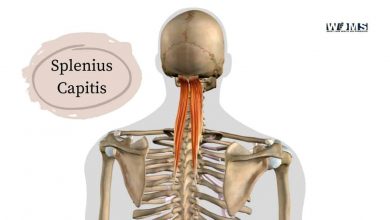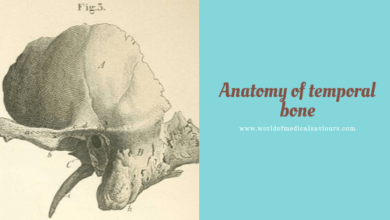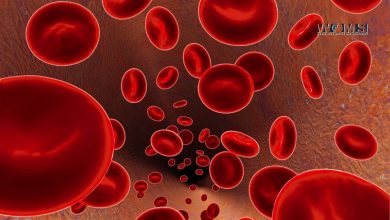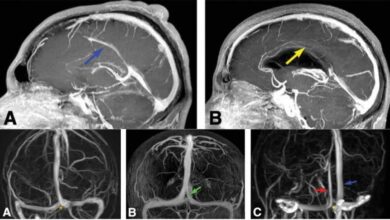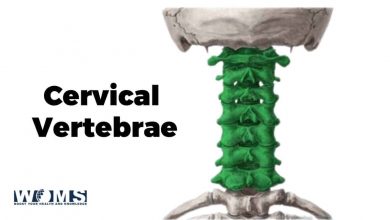Levator Scapulae muscle: anatomy, action and important clinical conditions
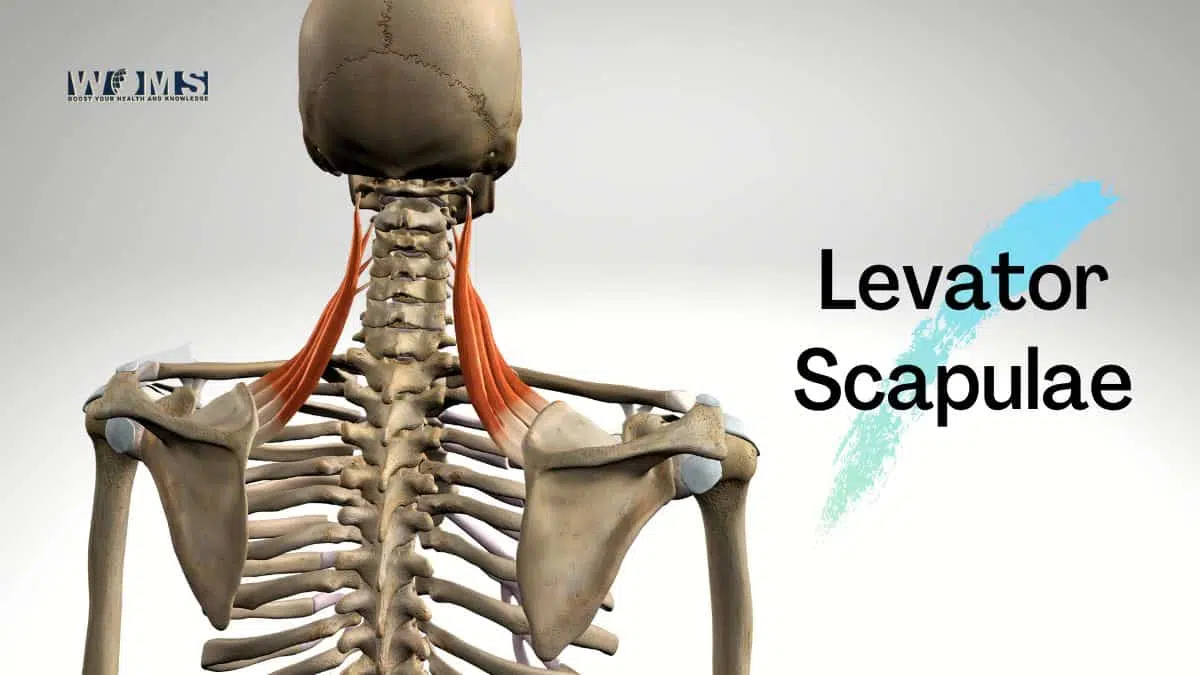
The Levator scapulae muscle is a small triangular-shaped muscle found in the upper back that helps raise the shoulder blade so you can move your arm away from your body. This muscle can be injured through trauma (e.g., car accident), overuse (e.g., repeated use of muscles), or poor posture (e.g., hunching over).
Treatment options for levator scapular injuries vary depending on the severity of the injury but may include rest, ice, physical therapy, and medication. If you are experiencing pain in this area, it is important to seek medical attention to determine the cause and get started on treatment.
Levator scapulae is a long and slender muscle that anatomically belongs to the superficial shoulder layer of extrinsic muscles of the back girdle. It originates from the transverse processes of the cervical vertebrae and inserts onto the upper surface of the scapula, just lateral to the spine of the scapula. The levator scapulae muscle is responsible for elevating (lifting) the scapula.
This action occurs during shoulder abduction (raising your arm out to your side), as well as shrugging your shoulders up towards your ears. The levator scapulae also assist in rotating the neck to the opposite side when it contracts unilaterally.
Because this muscle crosses two joints (the cervical and shoulder joints), it can be a source of dysfunction and pain if it becomes tight or weak. For example, people with upper back and neck pain and headaches that originate in the cervical spine (upper neck) may benefit from performing self-myofascial release techniques to address the tightness of this muscle.
What causes levator scapulae tightness?
There are a few reasons people might experience tightness in their levator scapulae muscle. One of the most common causes is sitting for long periods with poor posture. This can cause the neck and upper back muscles to become tight and strained. Additionally, activities that require repetitive overhead motions or excessive stretching can also lead to tension in the levator scapulae muscle.
Such activities might include swimming, weightlifting, or playing certain sports like tennis or golf. Finally, stress and anxiety can also contribute to tension in this muscle. Suppose you are experiencing pain or discomfort in your neck or shoulder region. In that case, it is important to consult with a healthcare professional to determine the root cause of the issue and receive appropriate treatment.
Today, people spend more time sitting down at their jobs than ever before. This can lead to some serious problems that might cause pain and discomfort in the back of your neck or upper shoulder region.
The levator scapulae is a large triangular muscle located deep within your upper back between your shoulders along the side of each vertebra. The primary function of this muscle is to lift (protract) and rotate our shoulder blades outward (upward rotation). As you sit for hours over days, weeks, months, etc., it’s easy for these muscles to become tight due to poor posture; repetitive overhead motions like swimming; playing.
How do I relax my levator scapulae?
Your head to one side, place the other one on the top the bottom of the ear.
You can feel a stretch in your neck muscles and relax them by breathing deeply in this position. If it feels uncomfortable, don’t stay too long on that side or place a cushion under the head to relieve some pressure from your throat area. If you have blood circulation problems, consult a doctor before trying massage techniques.
If you prefer self-massage, find yourself an armchair and sit down comfortably with both arms along your trunk but not resting on anything heavy (no one around?)
Now slowly start rotating your shoulders forward as far as possible without moving them up toward ears or letting them go back where they tend to touch each other behind the body’s mind. You should be able to feel a stretch along your shoulders and upper back.
As you rotate, imagine that someone pulls your shoulder blades together behind you while moving them to the outside front of your body. Be careful not to do it too fast or with force; keep rotating slowly forward in tiny circles ten times forward then backward in tiny circles five times each way, feeling how much more relaxed this movement makes you feel.
Don’t be discouraged if these two methods don’t work for you! There are other ways… what about Tai Chi? It’s always good to have something else up our sleeves when we need it most, so why not give it a try?
Remember that relaxation goes hand-in-hand with breathing well, which helps us move better.
What is the action of the levator scapular?
The levator scapular is a muscle that moves the medial end of the superior angle of the shoulder blade upward and rotates it inward. It also assists in the elevation of the shoulder blade.
How to Treat Levator Scapulae Pain
Levator scapulae pain is a common condition to have. The levator muscle is part of the shoulder girdle and can refer to pain down into the neck, upper back, chest area, as well as arms and hands, depending on where it’s being irritated. These are just a few ways you can treat your tight Levator Scapular muscles naturally at home without having to go through any invasive treatments!
- Use a heating pad or ice pack to help soothe the muscle.
- Perform some gentle stretches and exercises that focus on lengthening the muscle.
- Take over-the-counter pain relief if needed.
- See a physical therapist for more hands-on treatment.
If you’re experiencing any Levator Scapulae pain, be sure to try out these tips to help get relief! And always consult with your physician before starting any new treatments.
How long does it take for levator scapulae to heal?
More severe injuries can take up to 12 weeks to completely heal. However, most people will experience a full recovery with proper rehabilitation and rest. In cases of less severe injuries, healing time can be significantly shorter. Most people will feel relief from symptoms within a few days to a week. The levator scapulae are often injured through repetitive or forceful motions such as throwing or swimming. A levator scapulae injury symptoms include pain and difficulty moving the shoulder blade.
If you are experiencing any of these symptoms, it is important to seek medical attention right away. A doctor will be able to diagnose the injury and provide treatment options. In most cases, a period of rest is recommended. This will allow the muscle to heal properly.
How do I stretch my levator scapulae?
Sit up straight with both hands at the sides of your head. Gently lower your chin to your chest and hold for a count of five. Then, slowly lift your head back up to the starting position. Repeat this exercise five times.
You can also stretch the levator scapular muscle by clasping your hands behind your back and gently pulling them down until you feel a stretch in the upper part of your shoulder blade. Hold for a count of 20, then release. Repeat two or three times.
Stretching the levator scapular muscle can be done in a seated position, sitting up straight with both hands at the sides of your head. Gently lower your chin to your chest and hold for a count of five. Then, slowly lift your head back up to the starting position. Repeat this exercise five times.
You can also stretch the levator scapular muscle by clasping your hands behind your back and gently pulling them down until you feel a stretch in the upper part of your shoulder blade. Hold for a count of 20, then release. Repeat two or three times.”
What muscles elevate the scapula?
The levator scapulae, trapezius, and rhomboids are the main muscles responsible for elevating/depressing the scapula. Each muscle has its unique actions & functionality when it comes to movements of the shoulder blade during daily activities or treatment sessions performed by a physical therapist (PT).
Levator Scapular Muscle is primarily used to increase intraabdominal pressure during lifting heavy objects and improve posture through elevation or retraction depending on whether unilateral contraction occurs with the right vs. left side acting independently.
The Levator Scapular Muscle can also increase ROM at the shoulders for individuals with neck pain such as cervicalgia. Trapezius muscle which arises from the back of the skull and shoulders, inserted into clavicle and adjacent spinous processes, acts to lift scapula through its connections to cervical vertebrae & spines of thoracic vertebrae via several sets of tendons.
It also affects neck flexion when acting bilaterally by lifting superior angle at glenohumeral joint (shrugging); unilateral contraction results in contralateral side bending due to contracting against resistance which pulls inferior angle up toward acromial process; can be utilized during treatment sessions for improving posture or increasing ROM (range of motion) at the shoulder for individuals with neck pain. Finally, rhomboids are diamond-shaped muscles that act to pull both inferior angles
Depression is accomplished through the force of gravity and the actions of the latissimus dorsi, teres major, posterior deltoid, trapezius, and serratus anterior muscles.
The levator scapulae is a paired muscle located in the neck that elevates the scapula’s medial border. The levator scapulae originate from several areas, including transverse processes C-T12, spinous process T-L11, and ligament nuchae (spinous process L-S15). It inserts onto the upper surface of the medial border via its tendon, where it then merges with fibers originating from other shoulder blade elevators such as:
- Upper fibers – rhomboid minor & major;
- Middle Fibers – middle trapezius;
- Lower Fibres – lower trapezius.
Along with their fibers, the levator scapulae inserts via long tendons on the medial border of the spine of the scapula, which can be observed by feeling one’s spine in that area when elevating it manually.
The muscular action is to elevate and retract (pull back) the shoulder blade, moving it towards the top of ribs during abduction (raising arm sideways out to the side). The upper fibers also assist with rotation to the same side, while middle fibers assist adduction or depression movements in general. Contraction/tightening mainly occurs at its origin rather than insertion areas, as well as retraction movement occurs more so than elevation actions.
Some other muscles assist in adduction, depression, and rotation, including:
- Upper fibres – latissimus dorsi
- Lower Fibers – pectoralis major & teres major. The levator scapulae also cross the infraspinatus fossa, which is where the shoulder blade meets the vertebral column, so can be indirectly involved with this movement via other muscles such as middle/lower trapezius fibers acting on the spine of the scapula or medial pectoral nerve originating from the anterior division of upper trunk innervating serratus anterior to act at ribs allowing for muscular contraction/tightening actions needed for these movements (depression).
Additionally, it has been observed that low expression levels are present compared to other muscles, such as the upper trapezius, which is associated with depression in general.
The levator scapulae have been observed to have a significant role during movements that involve rotation of head and neck, elevation or depression of shoulder girdle, adduction/abduction of the arm out sideways from the body, and medially rotating the forearm.
It can be tested by assessing someone’s ability to elevate the medial border when the person lies prone on a flat surface while being observed through infraspinatus fossa – seeing if muscle contractions are present at origin areas but not insertion points where it merges with other fibers originating from different angles (upper/middle/lower). If observed via this method, one would note that contraction occurs mainly at its origin points (transverse processes C-T12, spinous process T-L11, and ligament nuchae), and retraction movement occurs more so than elevation actions.
Its importance during activities of daily living cannot be underestimated given its ability to rotate head and neck, elevate or depress shoulder blade, adduct/abduct arm out sideways from the body, and medially rotate forearm all the motions needed for us to complete many tasks throughout the day whether domestic or work-related. As a result, any dysfunction within this muscle can profoundly affect our overall ability to move around and function in everyday life.
The trapezius muscle is a large, superficial kite-shaped myofascial sheet that trapezius elevates the scapula through its connections to the cervical vertebrae and spines of the thoracic vertebrae via several sets of tendons. It also affects neck flexion when acting bilaterally by lifting the superior angle of the scapula concerning the glenohumeral joint (shrugging).
When contracting unilaterally, it results in contralateral side bending due to contraction against resistance which pulls the inferior angle up toward the acromial process; it can be utilized during treatment sessions for improving posture or increasing ROM (range of motion) at the shoulder for individuals with neck pain.
The rhomboids are the medial and lateral aspects of a diamond-shaped muscle that arises from the vertebral border (lumbar region) of T-IV through XII, medial scapular spine, spinous processes of C-V & lower cervical vertebrae; inserts into the inferior angle between superior and middle fibers at the base on the medial border of the scapula.
When acting unilaterally, it results in contralateral side bending due to contraction against resistance which pulls inferior angle up toward acromial process while moving superior angle downward; it can be utilized during treatment sessions for improving posture or increasing ROM at the shoulder for individuals with neck pain. Acting bilaterally will result in downward rotation/retraction by pulling both inferior angles downward.
Can you tear your levator scapulae?
Your levator scapulae muscle is located in your upper back and helps lift your shoulder blade. A strained levator scapulae muscle can occur from overuse, such as when you perform too many shrugs, or from an acute injury, such as a fall onto your outstretched arm. The main symptom of a strained levator scapulae muscle is pain in the upper back that worsens when you move your shoulder. You may also have difficulty raising your arm overhead.
The best way to heal a strained levator scapulae muscle is by resting it until the muscle’s strength returns. You can use cold therapy to help reduce inflammation and pain. When you start to resume activity, start slowly and gradually increase the intensity and duration of your workouts.
To help prevent re-injury, be sure to stretch your levator scapulae muscle properly before exercising. You can use a band or resistance tube for this stretch. Place the band around a sturdy object and stand with the injured side closest to the object. Grasp the band with your hand and pull it towards your chest until you feel a stretch in the upper back. Hold for 30 seconds and repeat three times.
You should also make sure to wear proper lifting forms when performing exercises that involve shoulder elevation, such as shrugs. Be sure to lift with your legs, not your back, and keep your shoulders down and relaxed. This will help reduce the risk of injuring your levator scapulae muscle.
Also read: The Submental Triangle
Conclusion
The levator scapular muscle is a four-headed muscle located in the upper back. It originates from the cervical spine and inserted into the shoulder blade. The main function of the levator scapular muscle is to elevate and retract the shoulder blade. This muscle injury or dysfunction can cause pain in the neck, shoulder, and arm. Treatment options include stretching, strengthening, and manual therapy techniques.
FAQ
What is the levator scapular muscle?
The levator scapular muscle is a thin, triangular muscle that spans from the top of the shoulder blade (scapula) to the back of the neck. It helps lift and rotate the shoulder blade upward and inward. This muscle also assists in turning the head to look up.
How do I know if I have a problem with my levator scapular?
If you experience pain or weakness in your upper back, neck, or shoulder, you may have a problem with your levator scapular muscle. You may also feel pain when you lift your arm over your head or rotate it inward.
What can I do to relieve the pain?
If you have a problem with your levator scapular muscle, you may need physical therapy to help relieve the pain. Your therapist will teach you exercises to stretch and strengthen your shoulder blade and neck muscles. If needed, they may also recommend massage therapy or acupuncture to help reduce inflammation and improve blood flow.
How long will it take me to recover?
Recovery from a problem with the levator scapular muscle depends on your age and overall health. Your therapist will give you specific instructions for exercises to help improve strength in this area. You may need up to six months or more of therapy before you feel comfortable moving that shoulder again without pain.
